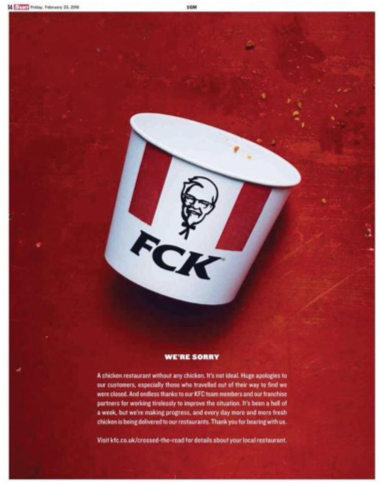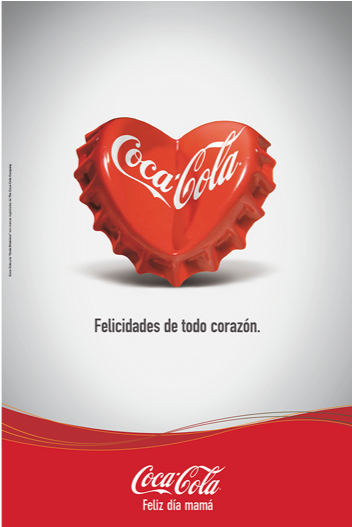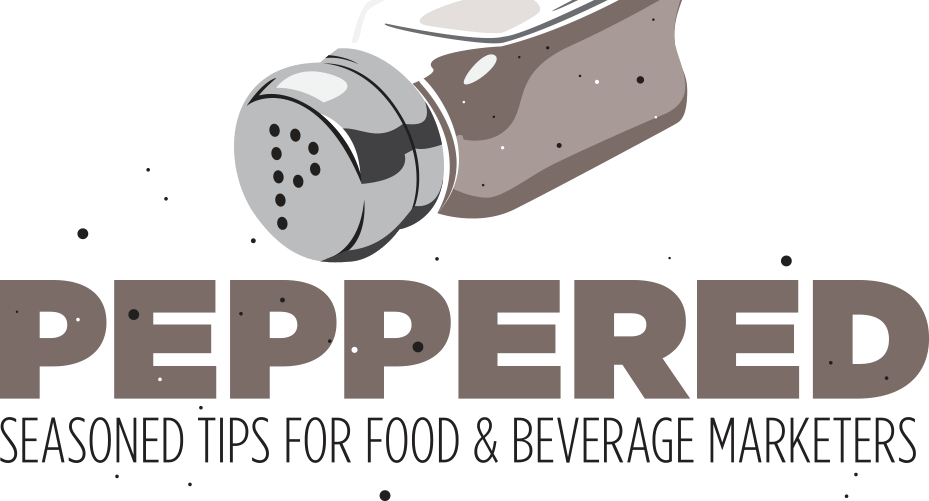As food marketers, we tend to think that telling potential customers how delicious our products are is enough. It’s why most new product launches and ad campaigns simply feature high-appetite food photography showing products at their mouthwatering best. Add a headline calling out product attributes and a few lines of aspirational body copy, slap “New” on it, and call it a day.
It’s called vertical thinking – adding elements and information in progression to reach a logical conclusion. It’s easy, and works well enough in most cases – appetite appeal is half (okay, 75%) of the battle when it comes to food. Besides, if everybody does it, how bad could it be?
A more relevant question might be “How much better could it be?” What unexpected twist, quirky message, or arresting visual could you add to your campaign to push it beyond pure appetite appeal, and connect with viewers on a deeper level?
That’s lateral thinking: sideways approaches that bypass conventional, step-by-step thinking to connect viewers to your core message visually, emotionally and verbally… or, in some instances, with no words at all.
Here are some outstanding examples of food ads and campaigns that use lateral thinking to make their point instantly and unforgettably.

Coffee Makes Your Day Better. And who better to tell you about it than Mr. Sun himself?

Diet Bread. Boom! Do I really need to weigh in on this one?

Hot Stuff. Who needs a product descriptor when you can scorch a table top?

Sorry, We (messed) Up. When KFC of England ran out of chicken, they totally owned it, publicly apologizing with an ad swapping the letters in their name around to say how utterly and completely terrible they felt about the mistake.

Frozen. How do you say frosty & refreshing? Show a frozen-ice-cream forest.

We’re Bigger. Oops! Gee, wouldn’t it be awful if everyone else found out?

Share the Love. You don’t need to read the words to get the message.

Hot. Why describe Hot & Spicy Chicken when you can show how it feels on your tongue? (that’s the product in the picture, replacing the rocket exhaust)
So there you have it – eight examples of brand ads making visual statements which say nothing — yet everything — about appetite appeal. What can you do to create an “Ah-Hah!” moment for consumers to get, that tells them you get them, too?






